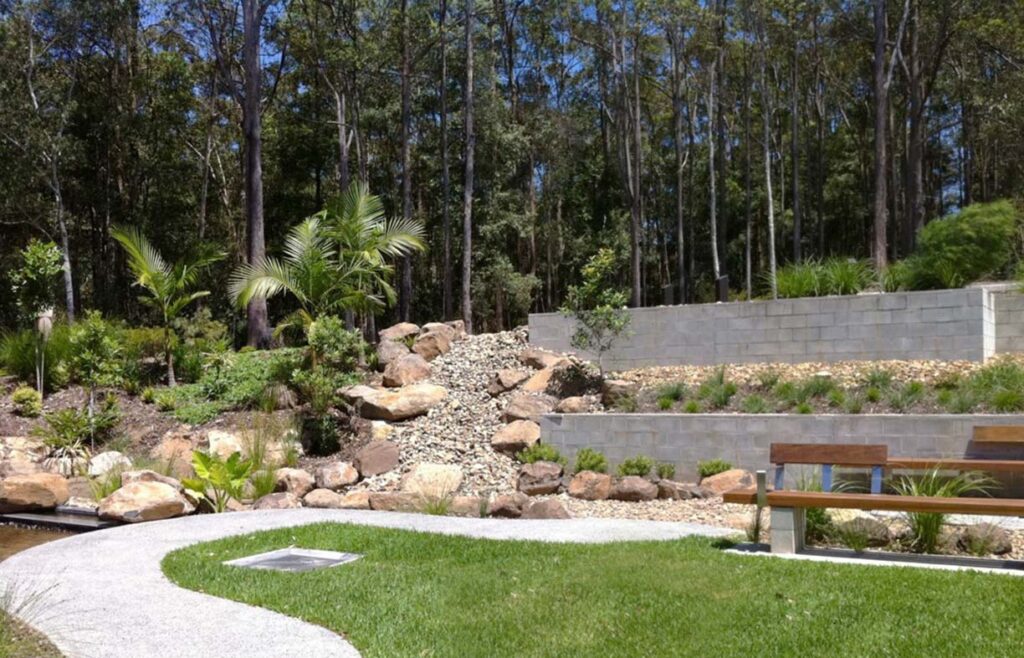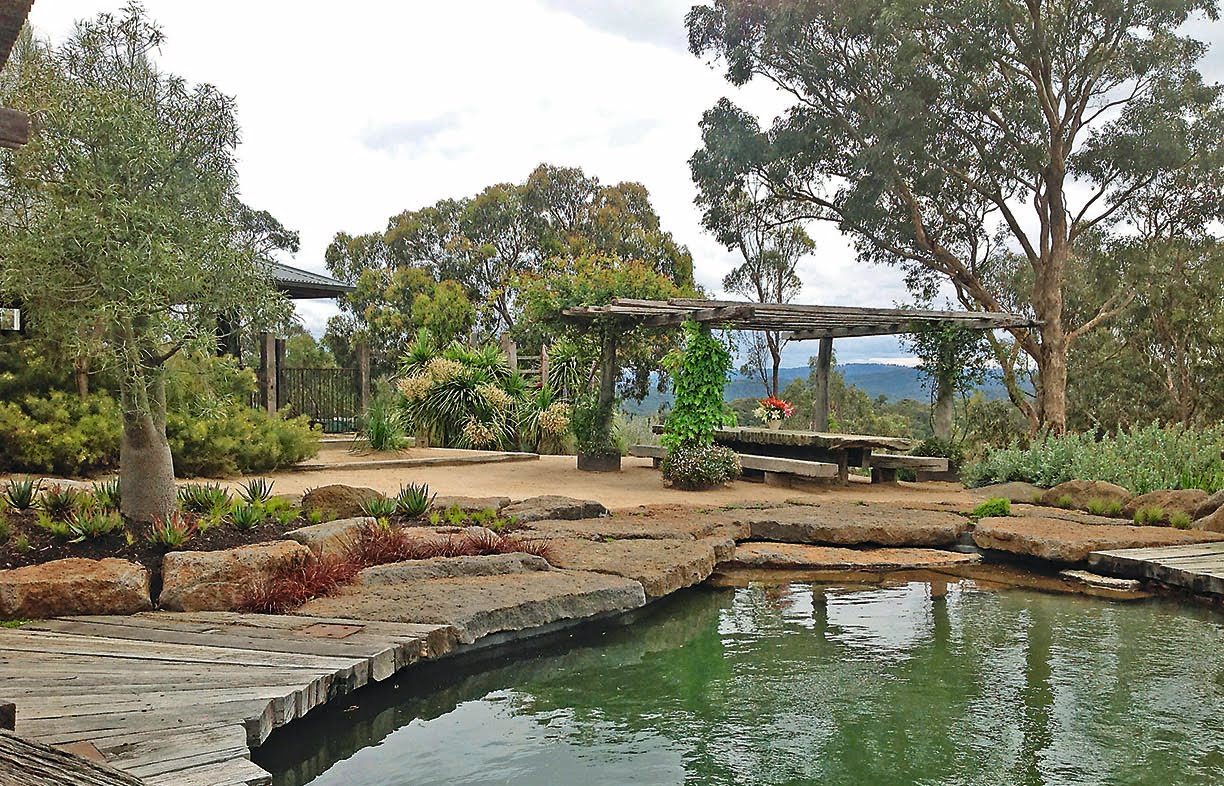Recovering from a bushfire is a profound challenge for any homeowner, particularly when it comes to restoring the damaged landscape. The aftermath can leave the land barren, soil properties altered, and previously lush gardens turned to ash. However, with careful planning and implementation, landscaping after a bushfire can not only revitalise your property but also improve its resilience against future fires.
Understanding the Damage
The first step in the recovery process is to assess the extent of the damage. This involves a detailed examination of the soil, existing vegetation, and overall land structure. A bushfire can drastically alter the nutrient balance and structure of the soil, making it less suitable for some plants. Moreover, the heat can destroy seeds and the microorganisms that support plant growth. Before any replanting begins, it is crucial to understand these changes and plan accordingly.
Conducting a Bushfire Assessment Report
A crucial part of the recovery process is obtaining a bushfire assessment report. This report provides detailed information on the impact of the fire on your specific landscape, including soil health, residual vegetation, and potential erosion risks. The assessment helps in making informed decisions about soil treatment, choosing the right plants for revegetation, and determining the necessary steps to restore ecological balance.
Soil Rehabilitation
Restoring soil health is the foundation of any successful landscaping project post-bushfire. The intense heat from a fire can sterilise the soil, killing beneficial microbes that are essential for nutrient absorption. Begin by testing the soil pH and nutrient levels to tailor a rehabilitation plan that may include adding organic compost, mulch, and other amendments to improve fertility and structure.
Erosion Control
Post-fire landscapes are highly susceptible to erosion due to the loss of vegetation and changes in soil structure. Immediate measures should be taken to prevent soil loss, especially in sloped areas. Strategies such as the use of erosion control mats, sowing fast-growing ground covers, and installing retaining walls can be effective. These techniques help stabilise the soil and provide a base for further landscaping efforts.
Choosing the Right Plants
Selecting the right plants is essential for a resilient recovery. Opt for native species that are adapted to the local environment and can thrive in the altered soil conditions. Native plants tend to be more drought-resistant and less susceptible to pests and diseases. Furthermore, include a mix of fast-growing species that can quickly provide cover and slower-growing, more durable plants that will establish over time.
Phased Landscaping
Recovery does not happen overnight. It is a phased process that should be planned over several seasons. Start with quick-establishing grasses and shrubs to stabilise the area and add trees and more sensitive plants as the garden matures and soil conditions improve. This phased approach not only ensures plant survival but also spreads the workload and financial outlay over time.

Water Management
Effective water management is crucial in a post-bushfire landscape. The altered soil may either repel water, leading to runoff, or absorb too much, which can be equally problematic. Installing an efficient irrigation system that addresses these new conditions is key. Consider drip irrigation systems, which provide water directly to the plant roots, reducing wastage and preventing erosion.
Fire-Smart Landscaping
As you rebuild, incorporate fire-smart landscaping principles. Use fire-resistant plants and materials, create strategic firebreaks, and maintain an open, clean garden layout that can help slow the spread of future fires. Techniques such as creating green belts or using non-flammable mulches can be integral to your landscaping strategy.
Monitoring and Adjusting
Recovery is dynamic, and ongoing monitoring and adjustments are necessary. Regularly assess the growth and health of newly planted vegetation and the stability of soil and erosion control measures. Be prepared to make changes to your landscaping as necessary to accommodate unanticipated changes in the environment or in response to what is working well in the recovery process.
Engaging the Community
Finally, consider engaging with your community in the recovery efforts. Share resources, such as advanced resilient plant species, and collaborate on large-scale erosion control or reforestation projects. Community involvement not only aids in physical recovery but also helps in rebuilding the communal spirit often shattered by natural disasters.
Rebuilding your landscape after a bushfire is a journey of transformation and resilience. It provides a unique opportunity to redesign your garden in a way that respects and enhances the natural environment, ensuring it thrives for years to come.



